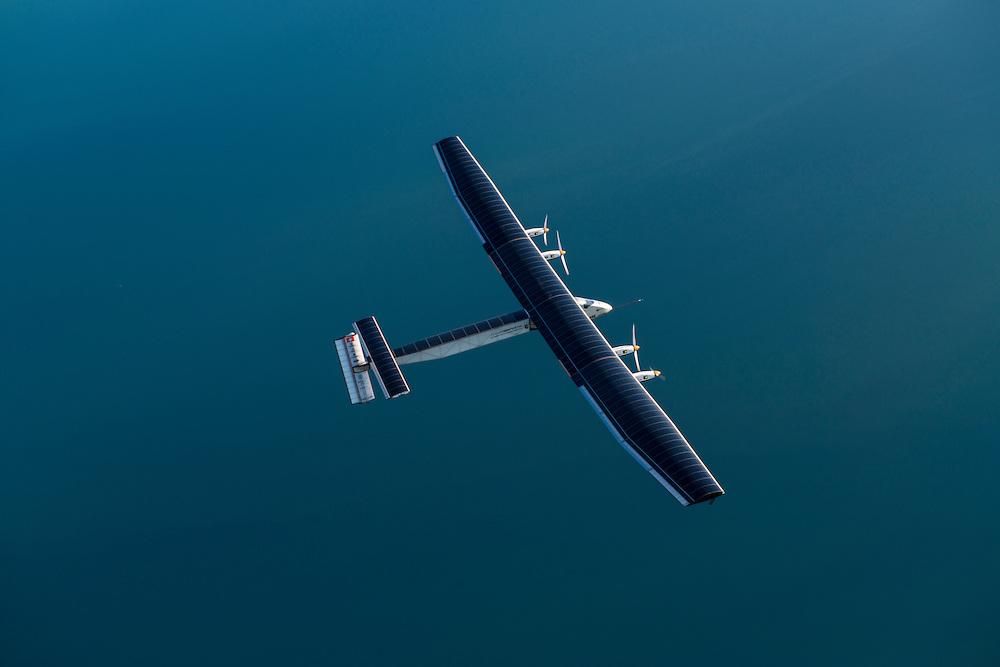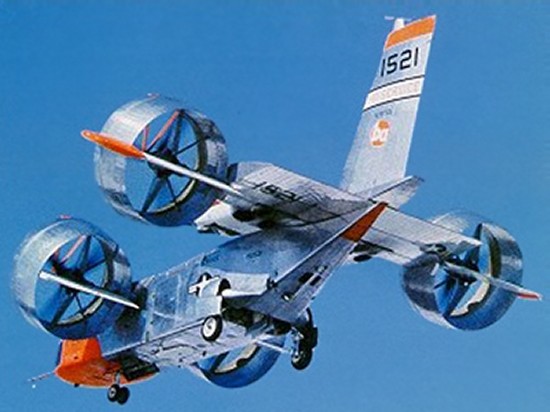You are using an out of date browser. It may not display this or other websites correctly.
You should upgrade or use an alternative browser.
You should upgrade or use an alternative browser.
Ten-engine electric plane completes successful flight test
- Thread starter Eclectic
- Start date
dnmun
1 PW
this was also on their list. this is the latest dragon and the thrusters you see blasting it off the pad are created using 3D printing of the combustion chambers with refractory metal eutectic mixtures not achievable as an alloy.
this technology is so revolutionary that is even more significant than their new battery plant imo.
http://newsdaily.com/2015/05/spacex-puts-dragon-passenger-spaceship-through-test-run/
this technology is so revolutionary that is even more significant than their new battery plant imo.
http://newsdaily.com/2015/05/spacex-puts-dragon-passenger-spaceship-through-test-run/
parajared
10 kW
On full scale aircraft you will see twin engine and sometimes quad engine airplanes because it's a major logistical pain in the rear to build a single 2000 horsepower engine, and much easier to build two 1000 horsepower or four 500 horsepower engines.
In the rc world this isn't true because electric motors are built in whatever size you need and generally having more than one motor is just for show because multiple motors means double the losses, and extra weight from the motor housing, escs wires, ect..
I find it interesting that they chose to use so many motors. There must be a benefit of the extra motors that (for lack of a better word) outweighs the penalties of using multiple motors
In the rc world this isn't true because electric motors are built in whatever size you need and generally having more than one motor is just for show because multiple motors means double the losses, and extra weight from the motor housing, escs wires, ect..
I find it interesting that they chose to use so many motors. There must be a benefit of the extra motors that (for lack of a better word) outweighs the penalties of using multiple motors
dnmun
1 PW
more propellers.
Hillhater
100 TW
Yep, spreading the loads,..
Both physical weight and thrust loads
Means you can have a lighter structure.
Both physical weight and thrust loads
Means you can have a lighter structure.
voicecoils
1 MW
Hillhater said:Yep, spreading the loads,..
Both physical weight and thrust loads
Means you can have a lighter structure.
Only 4 motors on the Solar Impulse but same concept. Wider than a 747, lighter than many family cars (at 1,600kg):

There's a young man on you tube that took a cheap off-the-shelf quad-copter and made a styrofoam crude Bell X-22a. I think he switches between the brain boards on the quad and an RC plane, but...either way, it VTOLs

https://www.youtube.com/watch?v=BWQiaYLgIaI
[youtube]BWQiaYLgIaI[/youtube]
this one might be better
https://www.youtube.com/watch?v=9905Fy4H70E

https://www.youtube.com/watch?v=BWQiaYLgIaI
[youtube]BWQiaYLgIaI[/youtube]
this one might be better
https://www.youtube.com/watch?v=9905Fy4H70E
Hillhater
100 TW
SolarImpulse is off and headed for Hawahi .
Not streaming yet , but fingers crossed and for fair weather and good luck !
Not streaming yet , but fingers crossed and for fair weather and good luck !
parajared
10 kW
Sheesh 6 kilowatts of power per motor out of something the size of a 747. I know some e-bike on endless-sphere that draw more power than that.
liveforphysics
100 TW
parajared said:On full scale aircraft you will see twin engine and sometimes quad engine airplanes because it's a major logistical pain in the rear to build a single 2000 horsepower engine, and much easier to build two 1000 horsepower or four 500 horsepower engines.
In the rc world this isn't true because electric motors are built in whatever size you need and generally having more than one motor is just for show because multiple motors means double the losses, and extra weight from the motor housing, escs wires, ect..
I find it interesting that they chose to use so many motors. There must be a benefit of the extra motors that (for lack of a better word) outweighs the penalties of using multiple motors
They want to distribute the prop-wash over the entire wing area to have better low vehicle speed wing lift to enable the transition from VTOL to forward flight with less altitude drop during the transition. With enough propwash over your wing, you can make all the lift you need for low speed flight, and do it more efficiently than using thrust alone.
Another benefit is redundancy, if the total power is more than you need to stay aloft at whatever your critical altitude/weight is. (cuz then you can afford to lose a prop or motor, and still fly just fine).
Similar threads
- Replies
- 4
- Views
- 2,213


![150505152624_1_540x360[1].jpg 150505152624_1_540x360[1].jpg](https://endless-sphere.com/sphere/data/attachments/90/90079-a5b1820e0b6c702e7e45e76de8058fe5.jpg)